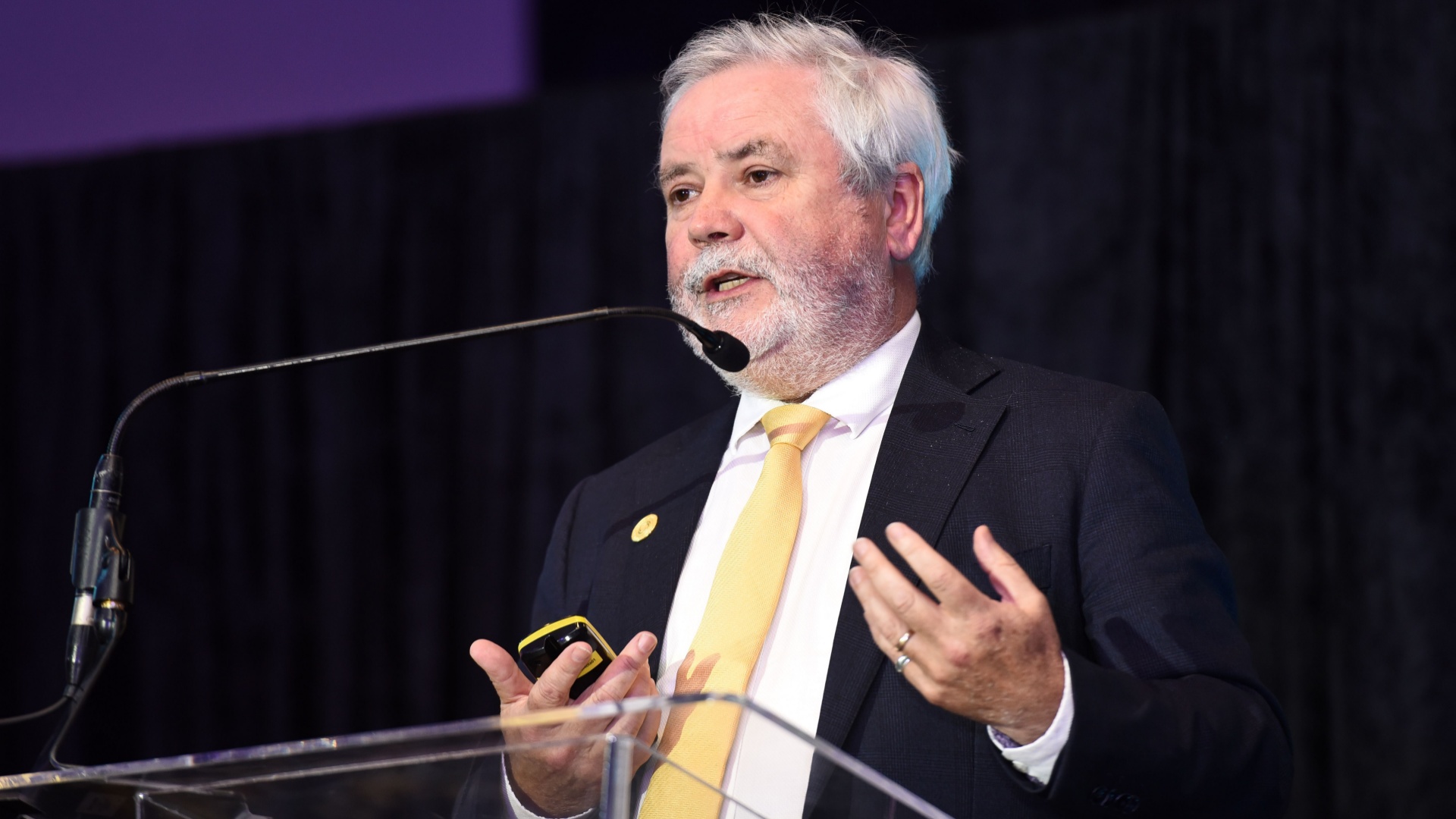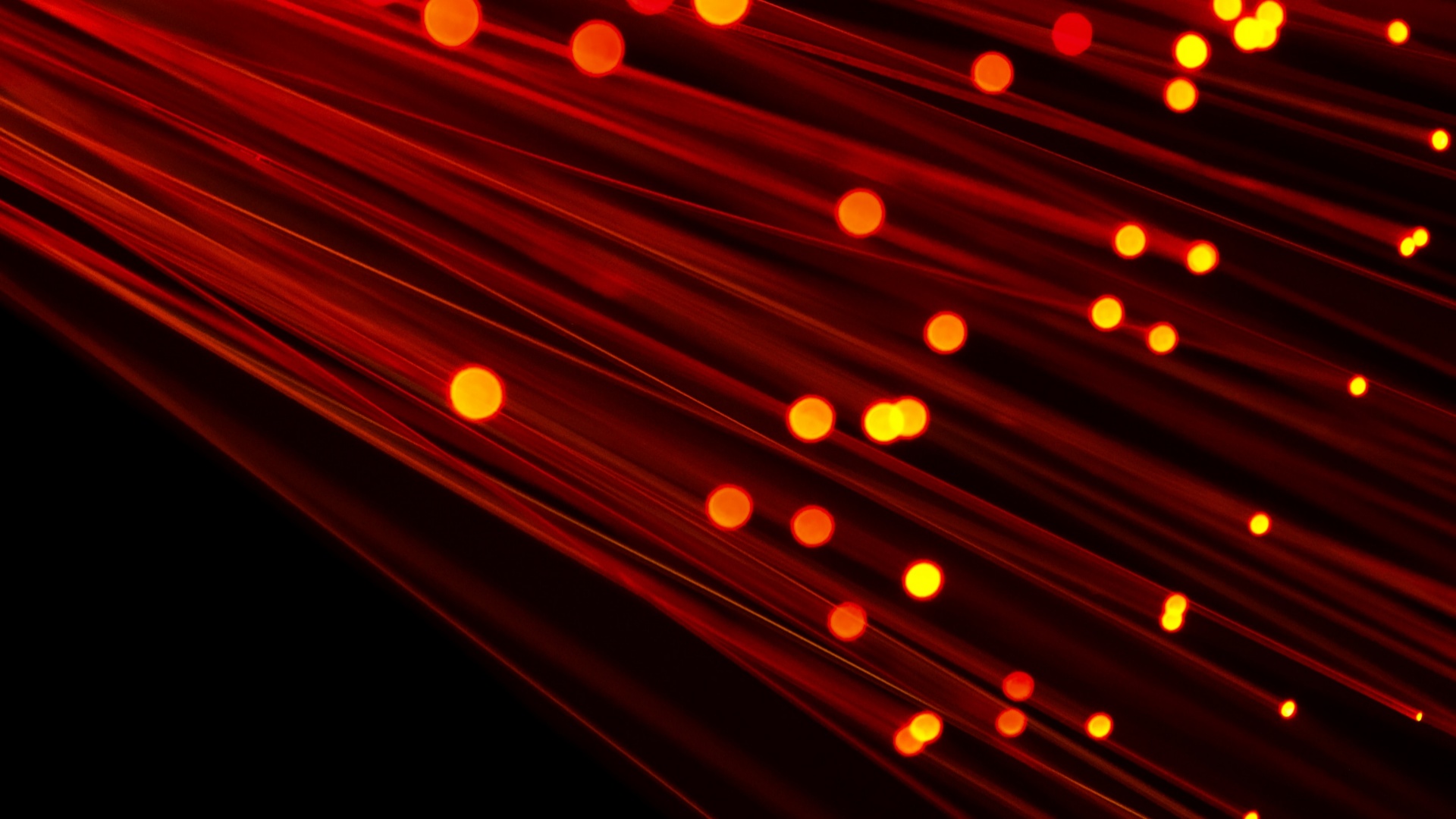The dust is starting to settle in Cape Town following this week’s Africa Tech Festival 2023. Amid all the frenzied activity that the four-day long conference featured, one issue in particular cropped up again and again, both for the South African context and the larger African continent – how connectivity can effectively address the digital divide.
It is an issue that has come into sharp relief as a result of the pandemic, highlighting the discrepancies when it comes to how connectivity can enable digital learning, but simply is not reaching all the groups it should.
Leaders on the continent are acutely aware of this issue too, with the cost of data and access to the internet bring brought up several times during a Ministerial Forum on day zero of Africa Tech Festival.
There may be a solution, although not immediate, according to World Broadband Association (WBBA) director general, Martin Creaner, who spoke during several events over the course of the week.
We got the chance to talk to him, sitting down to discuss the role that fibre in particular can play in addressing the digital divide.

Explaining what the remit of the WBBA is, Creaner notes that it was created following a serious of industry-specific discussions two years ago which highlighted a distinct lack of an organisation to help drive development and evolution within the fixed connectivity, fibre, and copper world.
Creaner points to the GSMA as an association which has done tremendous work for mobile, and each year has a marquee event in the form of the Mobile World Congress in Barcelona.
The ultimate goal of the World Broadband Association, is to be the driving force around discourse on fixed connectivity, and ultimately help push the agenda of technologies like fibre, which could have a tremendous impact when it comes to tackling issues like the digital divide across the globe, but especially so here on the African continent.
“Its remit is really about being a business association for the fixed broadband industry. Fixed broadband has really become all about fibre. Historically there was a lot of copper and satellite, and there still will be, but really the future is all about fibre,” he emphasises.
Speaking to how the industry needs to set clearly defined agendas, Creaner points out that the thinking around projects, trends, and strategies need to be far longer than year-to-year, and in most respects should actually adopt a decade-long approach.
“We need to think in 10-year cycles in this industry. It’s not like you can click your fingers and create something really valuable for a trillion dollar industry straight away, it will take it,” he advises.
One of the other issues when it comes to setting agendas is the disparate levels of fibre maturity from region to region across the globe.
“There are very different problems in every region in the world. There’s a developed, advanced world of fibre that includes Japan, Korea, the US, and then there are less developed parts of the world, and Africa is sitting in that lower part, but the technology is all the same. It’s not like different technologies are being developed for Korea compared to South Africa, so there is a lot of commonality in terms of technology, but there are differences in the types of problems,” says Creaner.
“You look at loadshedding for example, and if you don’t have energy to the network, you don’t have a network. So that’s a problem that exists here and other regions, but it’s not a particular issue that’s faced in Europe,” he continues.
The cost of access to connectivity is another hurdle that needs to be overcome, Creaner explains, following some of his discussions with local networks and operators, many of which regularly need to swallow the cost of the infrastructure themselves during the deployment and rollout of fibre in SA. This is not something that happens in other parts of the world, as South African consumers are unwilling to pay the additional cost of a CPE for example, which is a common practice in Europe or the UK.
“There are leafy suburbs who can presumably afford that, but if all you’re doing is selling to leafy suburbs, you don’t grow very big,” Creaner highlights.
Painting a realistic, albeit slightly concerning, picture of the current connectivity landscape, the WBBA director general is still positive when it comes to the role fibre can play in addressing the digital divide on the African continent.
“One of the things we’re doing as the WBBA is building a tool called the Broadband Investment Guidebook, which is studying the government strategies in dozens of countries (over 100) across the world, looking at their broadband strategies and then trying to extract what happens to countries of different sizes. Then using that as a tool for dialogue with regulators, and I think what we’re hoping for next year (at Africa Tech Festival) is to be working with a number of different companies right across the continent on developing a broadband strategy that is sufficiently aggressive to help the countries close that digital divide or stop it from widening,” he explains.
“It’s a very real possibility that the digital divide is going to widen over the next couple of years. When you look at the enterprise and government services world, if you’re not providing ubiquitous connectivity of a high quality, you’re going to suddenly block out the ability for a city to become a great port or manufacturing hub that would help to service an entire region for example. That’s because the quality of the connectivity is not of the right level, so countries who do not invest ambitiously in this area are going to slip behind,” Creaner warns.
It therefore looks like the connectivity landscape on the African continent is in a state of flux, and the countries that win will be the ones that prioritise broadband technologies like fibre to connect their citizens not just to entertainment, but services that have a more tangible impact.
[Image – Photo by Compare Fibre on Unsplash]

